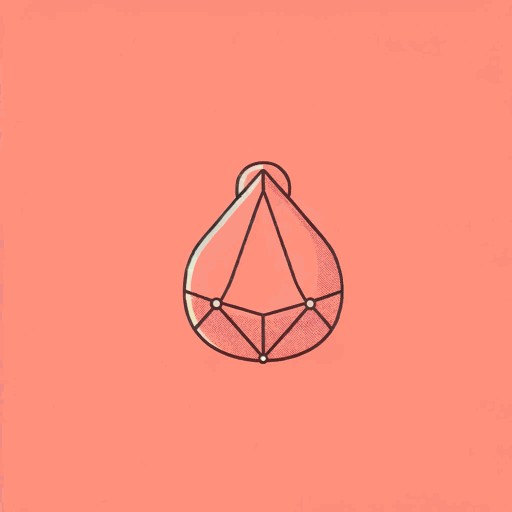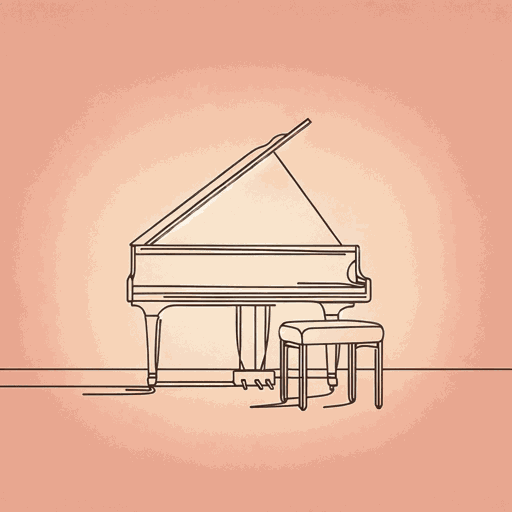45 pages • 1 hour read
Paulo CoelhoVeronika Decides To Die
Fiction | Novel | Adult | Published in 1998A modern alternative to SparkNotes and CliffsNotes, SuperSummary offers high-quality Study Guides with detailed chapter summaries and analysis of major themes, characters, and more.
Symbols & Motifs
The Arts
The arts (music, literature, painting, etc.) tie Veronika, Eduard, and Paulo Coelho together. Coelho portrays the arts as antithetical to a conventional status quo life: Veronika gives up her love for the piano to pursue the life she is told she must desire; Eduard gives up his love for painting in order to appease his father. Coelho also gave up his love of art to appease his parents briefly (Schaertl, Marika. “Paulo Coelho Interview by Marika Schaertl @ Focus Munich.” www.paulocoelhoblog.com.) The struggle between Coelho and his parents over his desire to pursue creative writing led to his several stays in psychiatric hospitals, much like Eduard’s own story. The arts are emblematic of a life outside of normalcy and thus require one to be “insane” in the book’s vocabulary.
Through the three artists in the novel, Coelho illustrates three different stages on the journey to accepting one’s desire to live authentically against the norm. Veronika’s relationship with art is one of total abjection. She has given up, pre-Villete, on playing the piano. Veronika’s desire to die by suicide is a direct result of refusing her desire to be a pianist. When Veronika plays the piano, she rediscovers the feeling of having a “heart full of love” and wants to live again (162).
Related Titles
By Paulo Coelho

Brida
Paulo Coelho

By the River Piedra I Sat Down and Wept
Paulo Coelho

Eleven Minutes
Paulo Coelho

The Alchemist
Paulo Coelho

The Fifth Mountain
Paulo Coelho

The Winner Stands Alone
Paulo Coelho

The Zahir: A Novel of Obsession
Paulo Coelho

